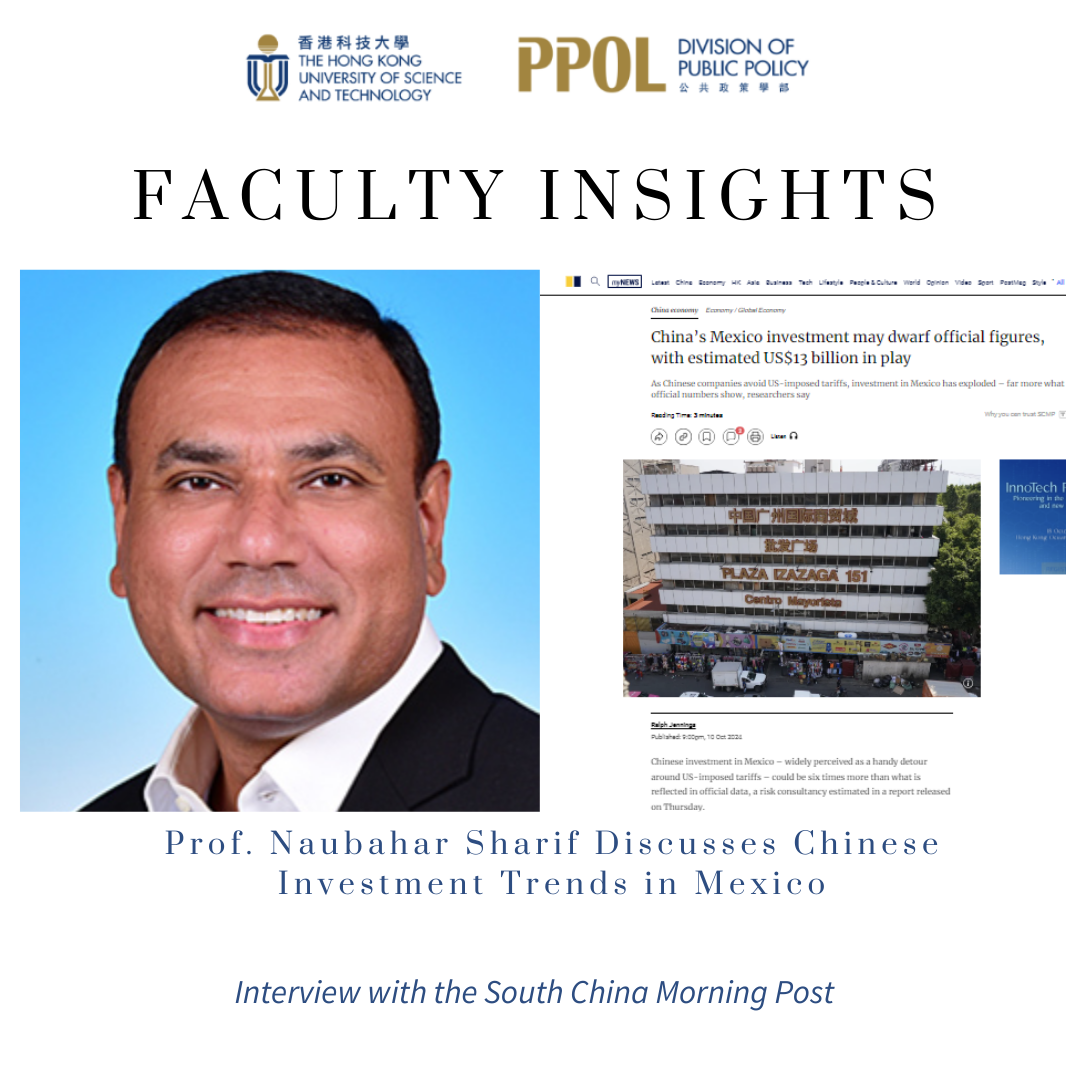In a recent interview with the South China Morning Post, Prof. Naubahar Sharif, head of the Public Policy Division at the Hong Kong University of Science and Technology, provided valuable insights into the dynamics of Chinese foreign direct investment (FDI) in Mexico. His comments shed light on the complexities of investment flows and the implications of geopolitical tensions.
Key Insights from Prof. Sharif
Underreported Investment Figures: Prof. Sharif highlighted that the official statistics on Chinese investment in Mexico may significantly underestimate the actual figures. He noted, “Chinese investments may be ‘masked as investment from elsewhere,’ suggesting that companies from countries like Vietnam or Indonesia might channel Chinese capital into Mexico.” This complexity complicates the tracking of true investment origins.
Methodological Differences: He pointed out that discrepancies in investment data arise from different calculation methods used by various entities. For instance, while Mexico's Secretariat of Economy reported a Chinese investment stock of US$1.2 billion, China's Ministry of Commerce estimated it at US$1.7 billion. Prof. Sharif remarked, “These differences could lead to significant questions regarding what constitutes Chinese capital.”
Impact of Geopolitical Tensions: Prof. Sharif also discussed the broader implications of U.S.-China tensions on investment patterns. He noted, “As Chinese companies seek to circumvent U.S. tariffs, they are increasingly looking to Mexico as a strategic location for manufacturing and distribution.” This shift not only affects trade dynamics but also raises questions about the future of U.S.-Mexico relations, particularly in the context of the United States-Mexico-Canada Agreement (USMCA).
Future Projections: Looking ahead, Prof. Sharif indicated that the trend of Chinese investment in Mexico is likely to continue, especially in sectors such as automotive manufacturing. He stated, “The automotive sector alone is projected to represent a significant portion of Chinese investments in the coming years.”
Conclusion
Prof. Sharif's insights underscore the complexities of global investment flows and the need for more accurate data to understand the true landscape of foreign direct investment. As geopolitical tensions evolve, the implications for investment strategies and economic partnerships will be critical for policymakers and researchers alike.
Acknowledgments
In addition to Prof. Sharif, the interview featured insights from several other experts:
Armand Meyer, Senior Research Analyst at the Rhodium Group, who discussed the methodology behind investment tracking.
Evan Ellis, Research Professor of Latin American Studies at the U.S. Army War College’s Strategic Studies Institute, who provided context on the implications of investment trends for U.S.-Mexico relations.
Jesus Seade, Mexican Ambassador to China, who offered perspectives on the diplomatic aspects of Chinese investment in Mexico.
This interview was published by Ralph Jennings in the South China Morning Post. Click here

